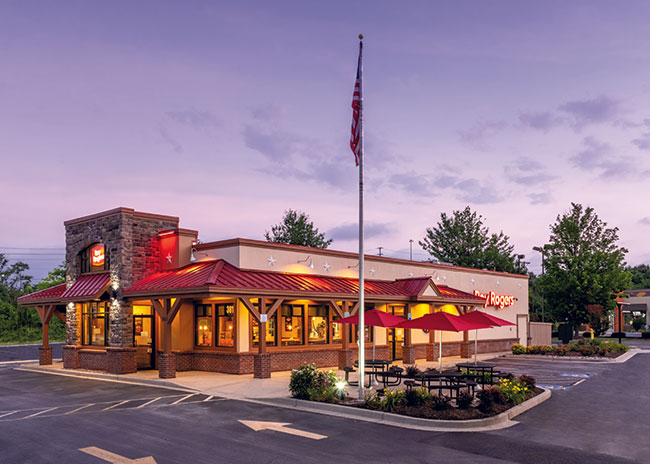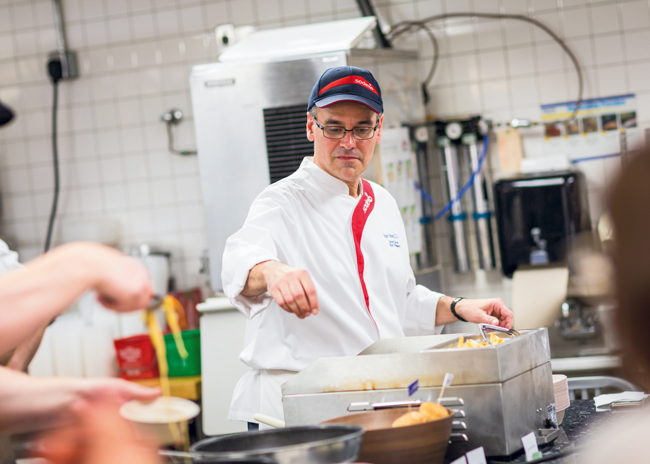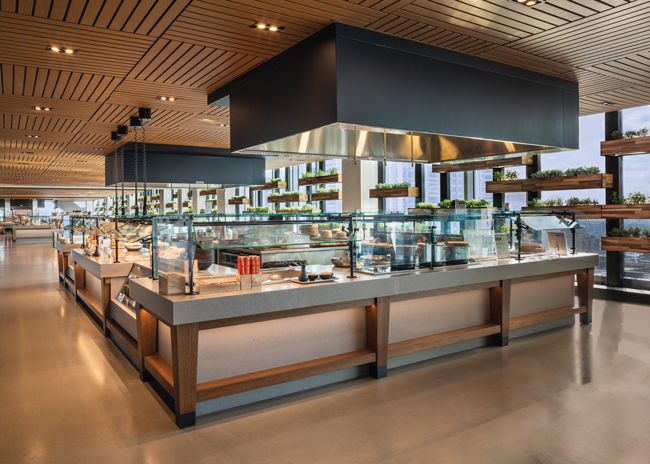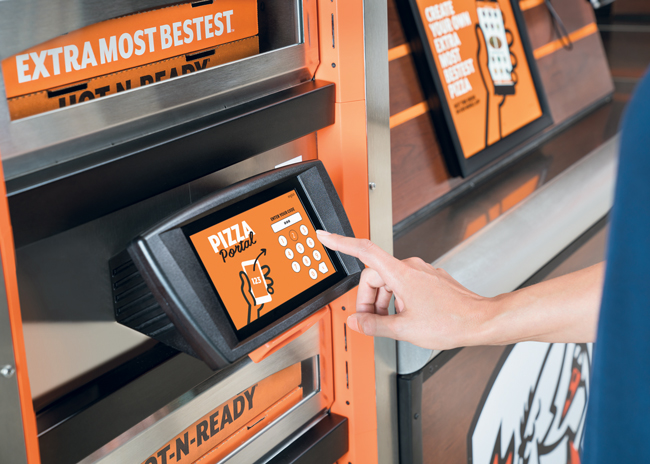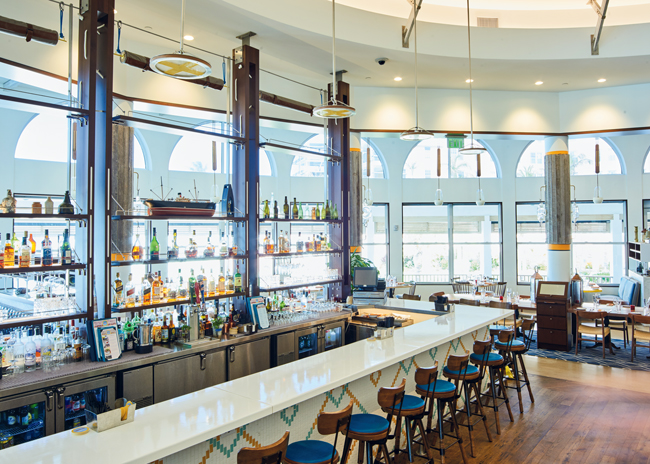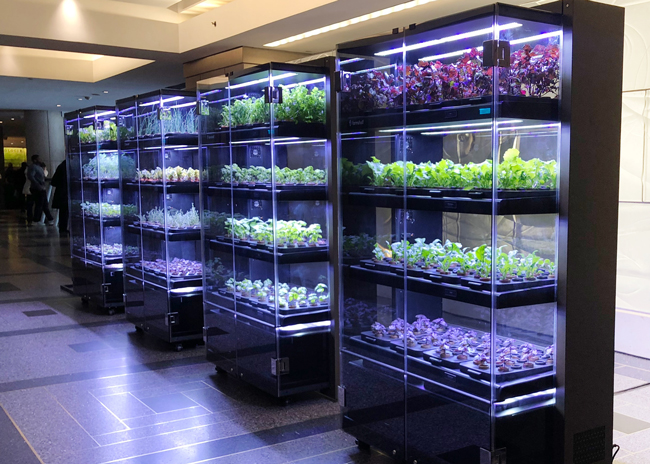Many feel the world has almost made it through the rocky pandemic period and can see the outlines of a once dimly glimpsed future becoming clearer. It’s been a wild ride for the restaurant industry. The rise in off-premises dining, the growth of third-party delivery services, the proliferation of ghost kitchens and the explosion of mobile ordering represent long-standing trends that went into overdrive as restaurants strove to survive.
The breakfast segment may face a more challenging recovery than other dayparts since the morning commute has yet to return to normal. Mintel predicts between 2022 and 2025, chains will divert resources from breakfast programs to mid-morning and afternoon occasions.
As restaurants continue their mission to bring customers back, more creative and aggressive marketing campaigns continue to emerge.
Since the pandemic burst onto the scene in the spring of 2020, the struggles of restaurant and foodservice operators have been well documented.
Commissary kitchens are licensed commercial spaces that include both cooking and storage facilities for preparing and storing food. These are typically large-scale environments regulated by local health departments. Commissaries can serve as a central kitchen for one concept or as rented kitchen space for multiple businesses or food providers.
Long a mainstay of the catering world, hot holding units continue to gain traction in restaurants seeking to offer high-quality food to off-premises guests. Here are a few tips to keeping these units working well.
The food station has become a standard design component of many foodservice operations over the past few years.
While most restaurants have been open in some capacity for months, other foodservice operations, such as corporate feeders and school cafeterias, are just starting to reopen.
“When everything returns to normal” is a phrase we hear a lot these days. But “normal” continues to become the “new normal” as restaurants and foodservice operations adapt, change and modernize to meet both the old normal demands and the new ones created during the pandemic.
The java segment continues to evolve with cold brew, functional ingredients, global varieties and new flavors proliferating.
While ice cream shops continue to innovate and expand offerings, frozen yogurt concepts have experienced more challenges.
Some dining adjustments made to cope with COVID-19 may be abandoned once public life returns to normal, but others will become permanent fixtures in American lifestyles. One of the habits with staying power: three-season outdoor dining.
For a moment, the future of expediting stations looked bleak. With the pandemic causing indoor dining closures and reduced dining room capacity nationwide, some operators and designers were left wondering if the traditional kitchen pass-through would suddenly turn into nothing more than a holding and filling station for takeout containers and to-go bags.
Fermented foods are on the hot list for chefs today. Fermented foods first made waves in the foodservice industry back in 2018, with use up 149% in restaurants that year, according to Statistica. Fermentation can help stem product waste by providing a way to preserve unused ingredients.
In our conversations with foodservice designers lately, it seems — at least for some — deadlines are approaching faster as projects put on hold during the pandemic are ramping up.
Are vertical and indoor farms going to evolve in the foodservice arena?

